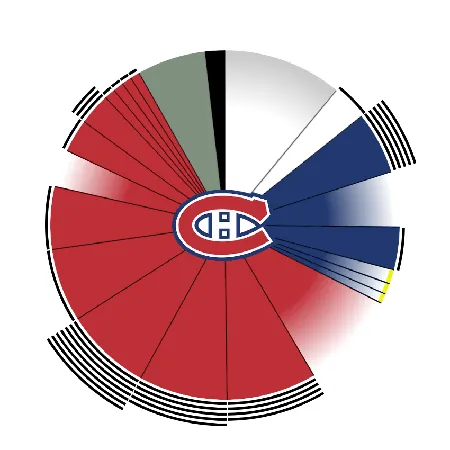
Inside the Montreal Canadiens' Salary Cap Strategy for 2025: What's Next?
2025-06-04
Author: Liam
As the Laval Rocket faced a disappointing end to their season, falling to the Charlotte Checkers, the Montreal Canadiens are shifting their focus to the off-season after a promising playoff run that showcased their potential for the future. This year was pivotal for the Canadiens, despite a brief playoff appearance, as it highlighted the strengths of their top line featuring Cole Caufield, Nick Suzuki, and Juraj Slafkovský.
Although Suzuki battled injuries throughout the season and playoffs, the experience provided invaluable insights into the team's capabilities. Notable performances from Lane Hutson underscored his offensive prowess but also revealed areas for defensive improvement, placing emphasis on the need for further development.
One significant takeaway from their playoff series was the persistent dilemma surrounding the second-line center position—a problem that has lingered since Phillip Danault's departure following the 2021 Stanley Cup Final. Numerous players like Christian Dvorak, Kirby Dach, and Alex Newhook have struggled to establish consistency in that role, making this position a focal point as the Canadiens approach the draft and free agency.
Currently, a staggering 60% of the projected $95.5 million salary cap for the 2025-26 season is allocated to forwards, with wingers commanding the top cap hits. Among them is Patrik Laine, entering the final year of his contract, while Carey Price’s $10.5 million cap hit, despite not having played since 2022, poses a significant barrier for any potential free-agent signings to fill the center gap. This likely means that executives Kent Hughes and Jeff Gorton will need to pursue a trade to find their solution.
In addition to filling the center gap, the Canadiens need to secure a contract extension for goalie Jakub Dobes, or consider bringing in a backup for Samuel Montembeault. They also have restricted free agents like Emil Heineman and Jayden Struble to negotiate contracts for—players who might contribute even if there are no major off-season changes. With around $6 million in projected cap space, the Canadiens are well-positioned to manage these contracts.
When making off-season decisions, the biggest financial consideration looms over the upcoming contract extension for Hutson, who could evolve from one of the lowest-paid players next season to potentially the highest in 2026-27. Fortunately, an expected salary cap increase of $8.5 million, along with the expiration of both Price's and Laine's hefty contracts, should facilitate the financial adjustments needed.
A frequent topic of speculation is the potential trade of Price’s contract. By utilizing long-term injured reserve, the Canadiens manage to mask his cap hit this season; however, this strategy can result in performance bonuses turning into penalties for next season, thus lowering the team’s budget. As it stands, Montreal is set to incur a penalty of $1,752,500 in 2025-26 due to bonuses from entry-level contracts—potentially escalating if Hutson and Ivan Demidov reach their milestones.
Eliminating Price’s cap hit, or opting out of LTIR, presents an opportunity to avoid such penalties moving forward and better prepare for next summer’s financial landscape. Price’s signing bonuses, due on September 1 with a substantial amount of $5.5 million this year, will need to be addressed. Post-payment, another franchise could acquire him for just $2 million in base salary while absorbing his entire cap hit, making him an attractive option for teams looking to reach the salary cap floor.

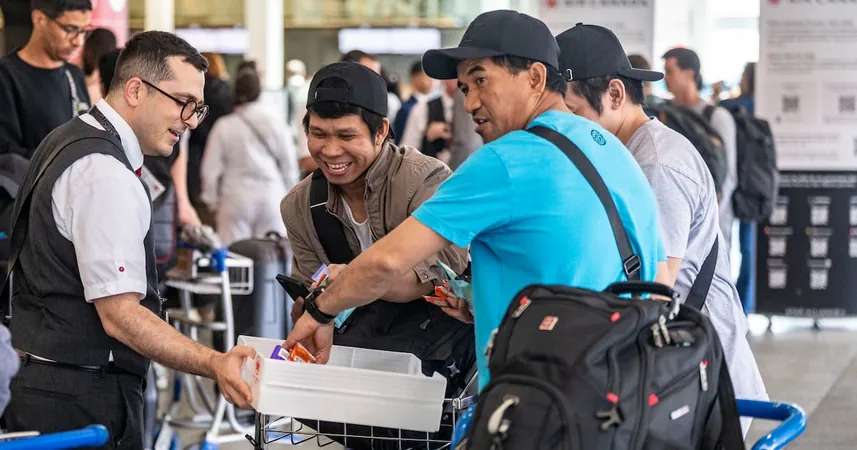

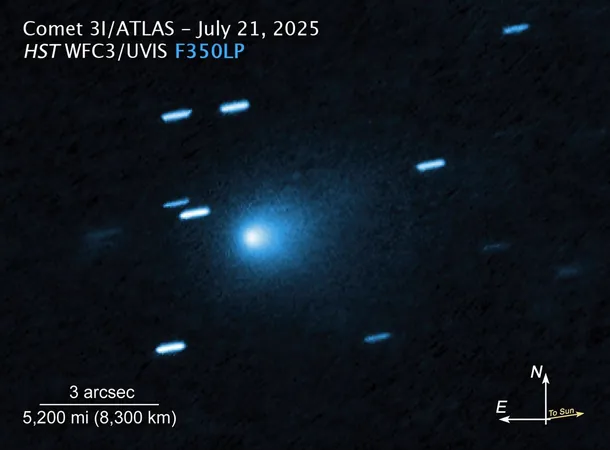
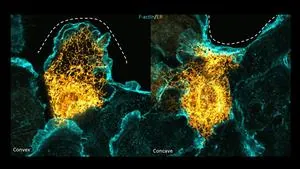

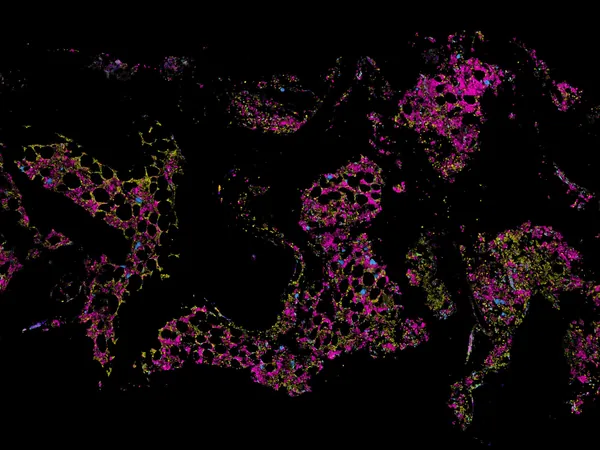
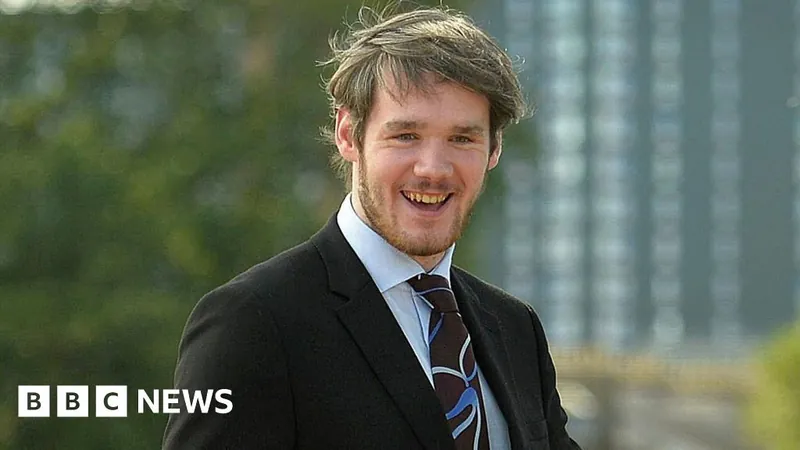
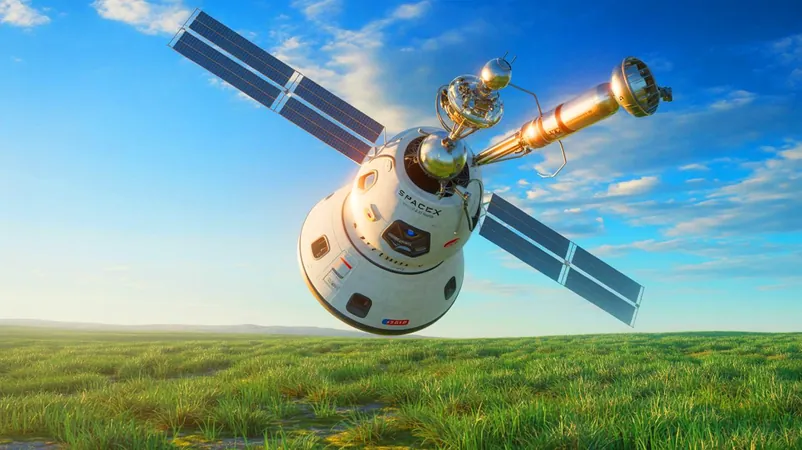
 Brasil (PT)
Brasil (PT)
 Canada (EN)
Canada (EN)
 Chile (ES)
Chile (ES)
 Česko (CS)
Česko (CS)
 대한민국 (KO)
대한민국 (KO)
 España (ES)
España (ES)
 France (FR)
France (FR)
 Hong Kong (EN)
Hong Kong (EN)
 Italia (IT)
Italia (IT)
 日本 (JA)
日本 (JA)
 Magyarország (HU)
Magyarország (HU)
 Norge (NO)
Norge (NO)
 Polska (PL)
Polska (PL)
 Schweiz (DE)
Schweiz (DE)
 Singapore (EN)
Singapore (EN)
 Sverige (SV)
Sverige (SV)
 Suomi (FI)
Suomi (FI)
 Türkiye (TR)
Türkiye (TR)
 الإمارات العربية المتحدة (AR)
الإمارات العربية المتحدة (AR)